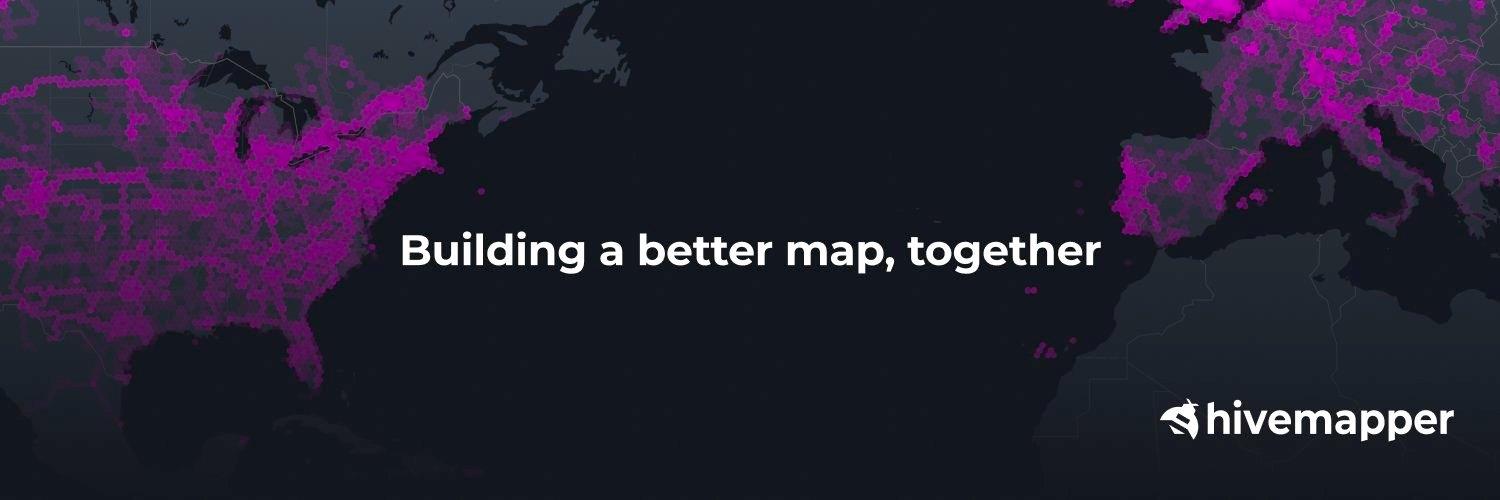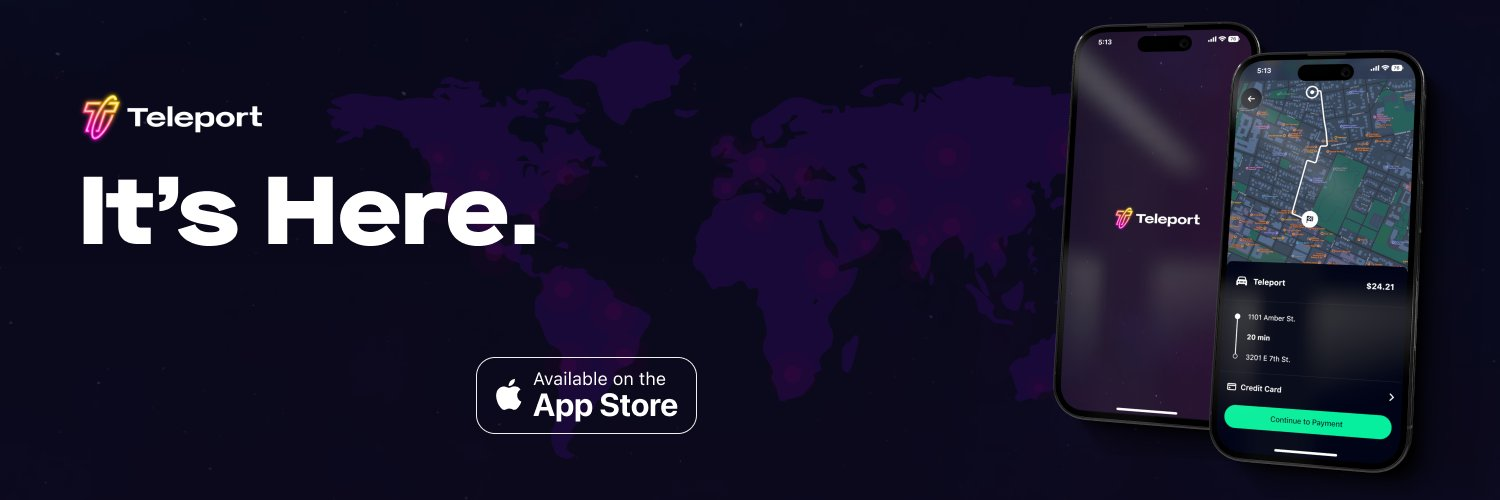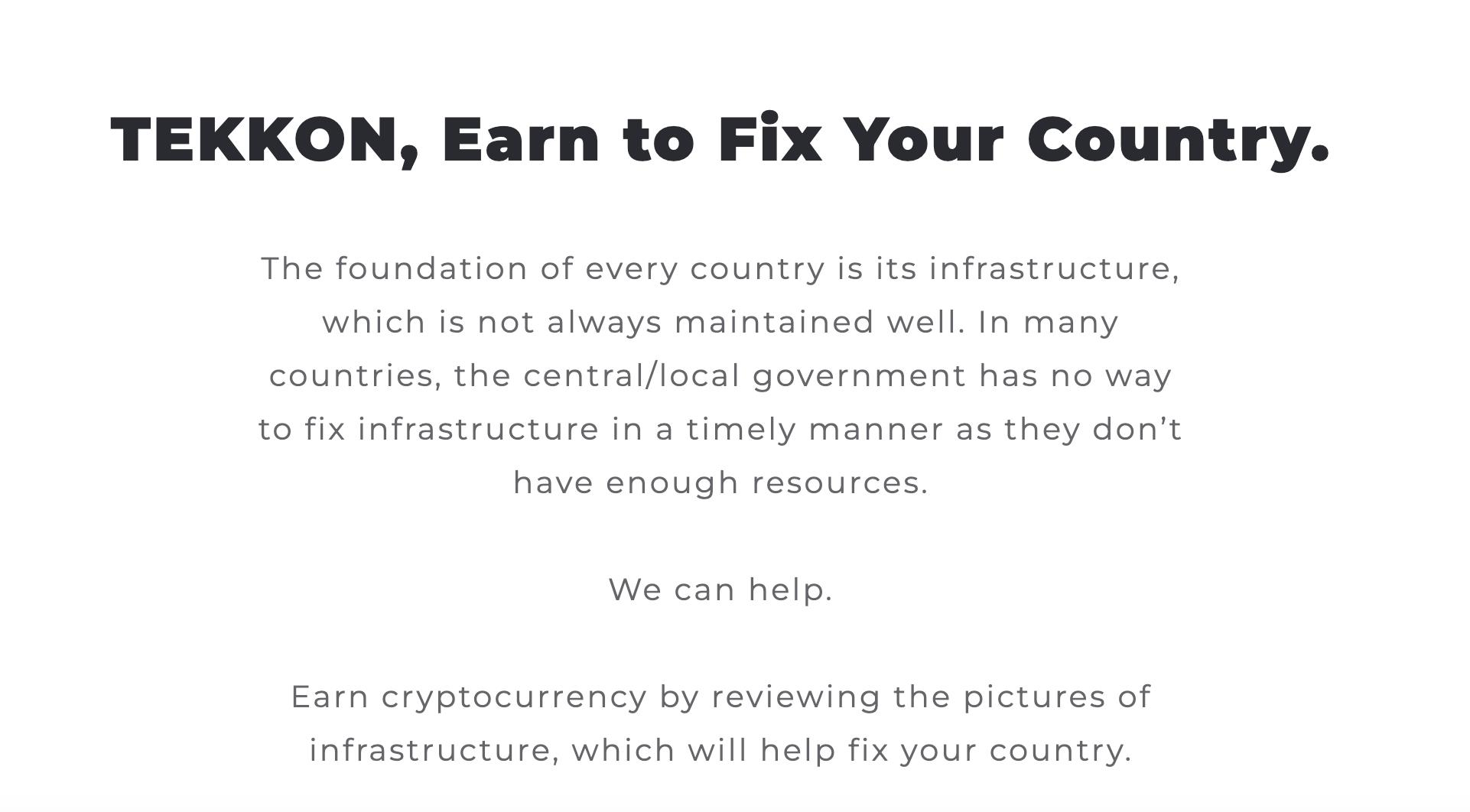Some well-established DePin projects are also moving closer to Solana.
Written by: Deep Tide TechFlow
DePIN, a decentralized physical infrastructure network, relies on token incentives for its operation and maintenance. In fact, it is not a new story. Since 2017, various blockchain-based hardware infrastructure projects have emerged, but they have not been the focus of the narrative.
But why is it being mentioned again this year? We can also see that Messari has proposed that DePin is one of the most important areas for crypto investment in the next decade.
I personally think there are two reasons:
1) With the accumulation of technology, various infrastructures are more mature than in previous years, paving the way for DePin's technological advancement;
2) Despite the introduction of new traffic with BTC going mainstream, for the average person, they are still more willing to believe in things they can see with their own eyes, such as NFTs and DePin.
Recently, the DePIN project has experienced significant price fluctuations, especially Hivemapper in the Solana ecosystem, with a staggering 233.4% increase in the past seven days. Solana also attaches great importance to DePin. CoinEx's new analysis points out that Solana's ecosystem focuses mainly on DeFi, Memecoin, and DePIN.
Some well-established DePin projects are also moving closer to Solana. For example, Render Network, the largest GPU computing DePin project, has decided to expand from Polygon to the Solana blockchain through a vote. In addition, the wireless network Helium has also successfully migrated to Solana, minting nearly 1 million NFTs in the process.
These signs indicate that more attention will be focused on DePIN on Solana.
Getting involved early often means more profit opportunities. Let's take a look at the native DePin landscape on Solana.
1. Hivemapper

Hivemapper is a blockchain-based map network that collects data through Hivemapper's dashcams, with the collectors being called "map contributors." Due to its permissionless nature and token incentives, it is more efficient than current Web2 solutions. Currently, Hivemapper covers a total map area of nearly 90 million square kilometers.

Street view data captured by Hivemapper dashcams is uploaded to the project's database, screened by AI, and ultimately provided to map vendors, autonomous driving, and other data consumers, who are referred to as "map consumers."
The project was founded in 2015. Its most recent financing was a Series A round on April 5, 2022, with a funding amount of $18 million led by Multicoin Capital.
HONEY is the native token of Hivemapper, rewarding map contributors for continuously contributing fresh and updated information to its map network. This is the source of token generation. Map consumers are the token consumers, as they need to burn HONEY tokens to access the API. The burned tokens will be reminted to increase the token rewards for contributors.
HONEY is a typical token in the Solana ecosystem, as seen from the disparity between its FDV and market value in the image below. Although the total supply of HONEY is 10 billion, due to the incentive mining mechanism, less than 2 billion have been mined, which is one of the reasons for the huge disparity between HONEY's FDV and market value.
In the future, the project can control the release pace of token mining to stabilize and increase the token's value.

2. Teleport

With decentralized maps, decentralized ride-sharing applications have emerged, and Teleport is one such solution, which is currently available on the Apple Store.
Teleport is a permissionless ride-sharing application owned and managed by its drivers, passengers, and developers. On October 27, 2022, Teleport completed a $9 million seed round of financing, jointly led by Foundation Capital and Road Capital.
Teleport founder Paul Bohm believes that the current ride-sharing giant Uber is "essentially a monopoly - it is very centralized," and in the shared mobility industry, the intermediary's commission rate can often exceed 40%, which does not flow to the drivers and passengers, but to multinational intermediaries like Uber.
Therefore, Teleport has built the Shared Mobility Protocol (TRIP), which benefits drivers, passengers, and the local regional economy, while being governed by the participants. For example, centralized ride-sharing services typically do not allow fair market pricing to be set, instead, they (Uber) set the prices themselves and maximize the value they can extract. Redesigning ride-sharing as decentralized means that participants can choose from a variety of applications and servers provided by many different suppliers. More money goes to the drivers, and passengers pay less for each ride, keeping more money in the local economy.
This protocol will first be applied to the Teleport platform. Those involved in operating and developing the network will receive TRIP rewards, which are automatically issued by the protocol. Some TRIP rewards may be presented in the form of NFTs, such as achieving the "City Loop" achievement.
These TRIP rewards also represent participation and voting rights in the network. General governance, including protocol upgrades, authorization process changes, and changes to basic network parameters, all require voting.
Currently, the project has not released a token, but you can follow the official website's Twitter for the latest information.
3. Tekkon

Tekkon is a Japanese project where users can earn token rewards by taking photos of local infrastructure such as utility poles, manhole covers, or reporting damaged infrastructure to help improve the local area. As written in the image above, "Fix and Earn" is a process that Tekkon's fan users jokingly refer to.
Tekkon was launched by the non-profit organization Whole Earth Foundation at the end of last year. The Japanese entrepreneur behind this, Takashi Kato, previously founded Fracta Inc., a startup that uses software to identify weak points in a city's water supply network, helping cities, utilities, and construction companies identify pipe decay before breaking ground.
Due to the token rewards, the app has been warmly welcomed in the Philippines, where locals have formed an organization to photograph damaged infrastructure, calling themselves "infrastructure hunters." According to previous reports from Bloomberg, Tekkon has over 128,000 active users, with 90,000 from the Philippines. Approximately 30,000 photos are uploaded daily.
Whole Earth Coin (WEC) is the reward token for Tekkon, and in Japan, WEC can be exchanged for cash on Line Pay.
The initial supply is 300 million tokens with no maximum limit. When the initial tokens are exhausted and user numbers continue to increase, the system will issue new tokens to reward users. Of the initial 300 million tokens, 20% is allocated for ecosystem development, 20% for the in-app Fix and Earn, 25% for public sale, 15% for private placement, and the remaining 20% belongs to the team.
WEC also has a burning mechanism within the app, where operations such as upgrades and skipping cooldown times will result in the destruction of WEC. However, the lack of use cases is one of WEC's drawbacks. Relying solely on the game's burning mechanism may not keep up with token production, and the excessive initial token allocation has also led to some selling pressure, reflected in the price chart.
Tekkon promises to give more functionality to the token, forming a complete ecosystem flywheel, such as public utility companies using WEC to purchase infrastructure photo data, token burning or further rewarding infrastructure hunters, attracting more public utility companies to participate. This indicates that Tekkon plans to establish a more complete and sustainable ecosystem.
4. Helium

As a decentralized wireless hotspot network, Helium can be considered the OG of the DePIN sector, with its history dating back to 2013, previously operating as an L1 network.
On April 20, 2023, Helium announced its migration to the Solana network (HIP 70), with developers expressing a preference for the Solana network due to its extensive ecosystem, integration of numerous developers, applications, and teams, and its cost-effectiveness and speed compared to other chains.
Helium Network Token (HNT) is the native cryptocurrency of the Helium network, with no pre-mining and a maximum supply of 223 million. The only way to pay for data transfer fees on the Helium network is by using Data Credits (DC) obtained by burning HNT to pay for data transfer fees. The price of Data Credits is fixed at one cent (1 Data Credit = 0.00001 USD) and is non-transferable, only usable by its original owner.
Previously, deploying hotspot networks would earn HNT rewards, but after HIP-52, the native token HNT will no longer be mined by LoRaWAN or 5G hotspots, and will be replaced by IOT and MOBILE. IOT is the protocol token for the Helium IoT network, and MOBILE is the protocol token for the Helium Mobile network.
The multi-token model allows each wireless network to be separately governed, facilitating better decision-making by DAOs. Each sub-network can manage its own Proof-of-Coverage rules, data pricing, and hotspot mining reward allocation mechanisms.
When deploying or covering networks to obtain IOT and MOBILE network tokens, these network tokens can be exchanged for HNT. This architecture provides a floor value for network tokens.
Currently, Helium has a market value of approximately 420 million USD, making it the largest DePIN project in the Solana ecosystem.
免责声明:本文章仅代表作者个人观点,不代表本平台的立场和观点。本文章仅供信息分享,不构成对任何人的任何投资建议。用户与作者之间的任何争议,与本平台无关。如网页中刊载的文章或图片涉及侵权,请提供相关的权利证明和身份证明发送邮件到support@aicoin.com,本平台相关工作人员将会进行核查。




